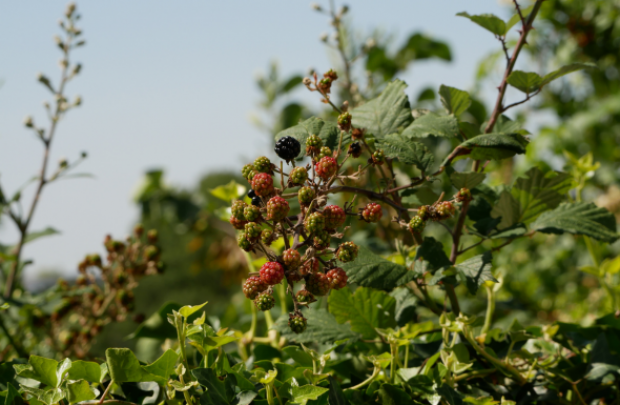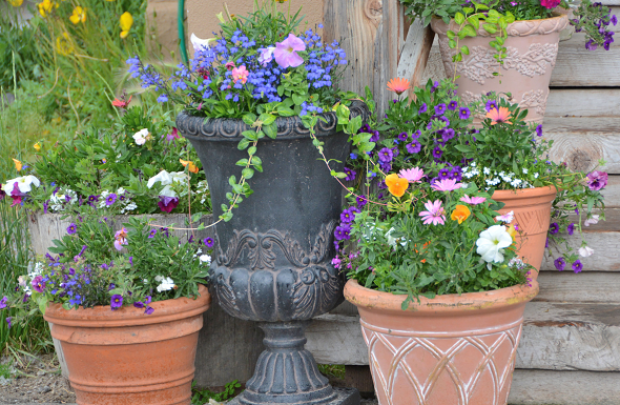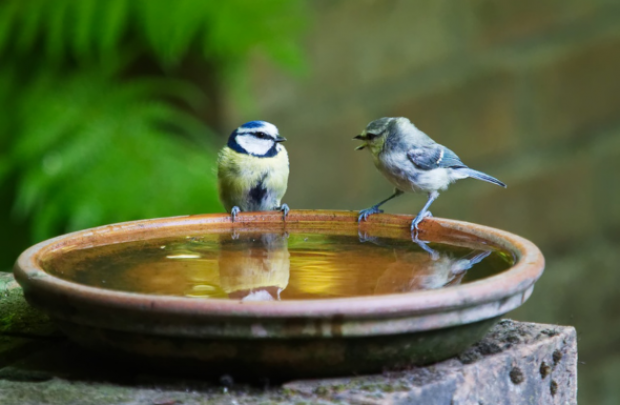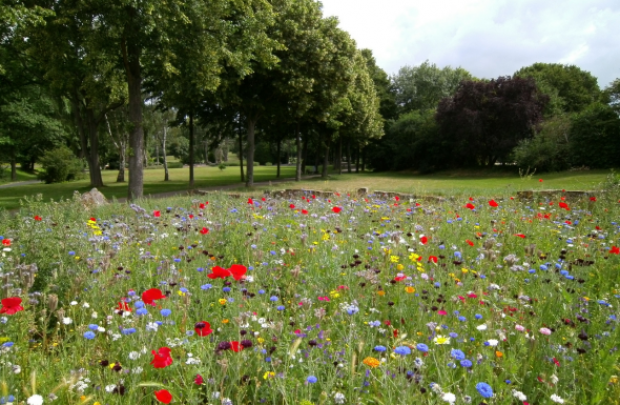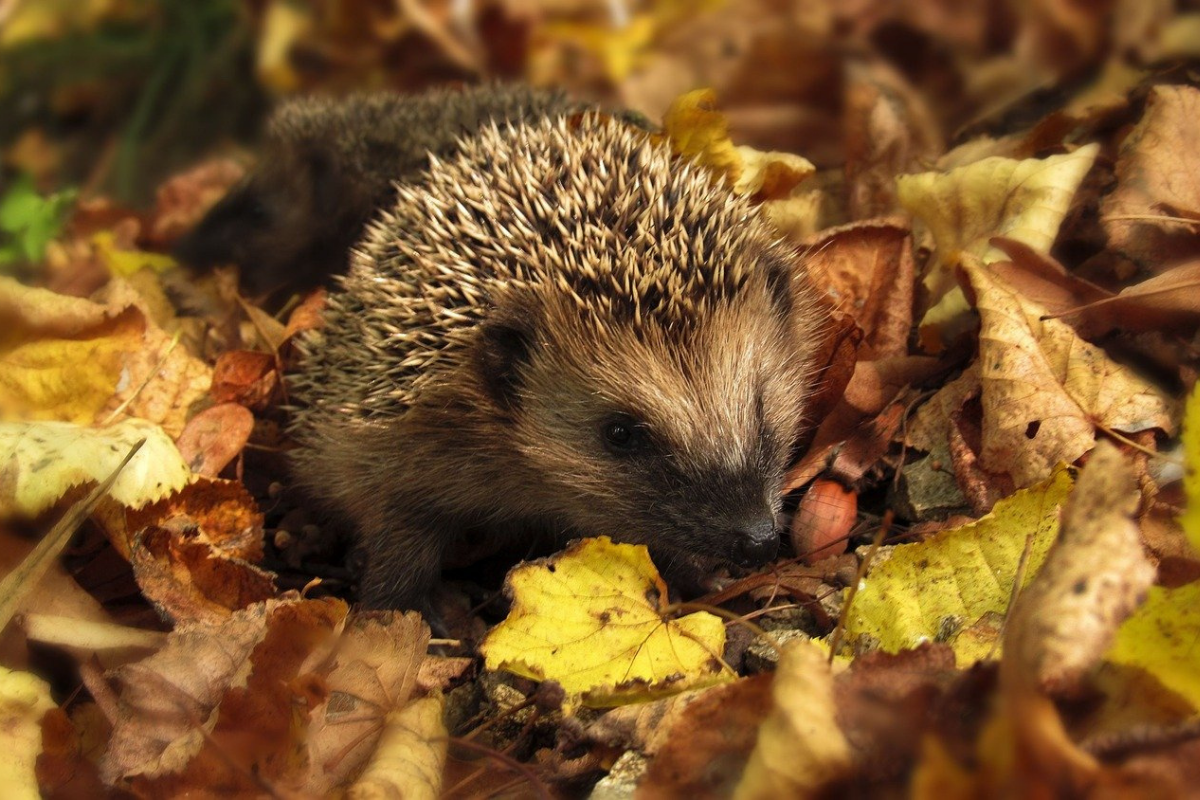
Who is sheltering in your space this winter?
by Jess Creber, Animal Biology and Conservation, Oxford Brookes University
There are lots of types of animal shelters. From barns and houses that we ourselves use, to caves, burrows and hives that we are not so commonly found in.
From hedgehogs in their leaf piles to dormice curling up for the winter, many of us look for shelter from the wind and rain this time of year. Within your Naturespace there are vast possibilities of wildlife you can help with a home this winter. In this blog we will be seeing how you can make shelters for wildlife and help them over winter in your Naturespace!
Hedgehog houses
As I am sure you have seen lately, hedgehogs have been in heartbreaking decline over the last few decades. This is due to habitat fragmentation. There are lots of ways to help, like cutting holes in your garden fence, leaving rocks as a slope out of water in your garden for them to climb out in case of emergencies and leaving food out for them in colder months. A way that many people have helped in the last few years especially are hedgehog houses. No need to buy one - a few bricks and a solid roof will suffice! Or even better - a pile of undisturbed leaves.
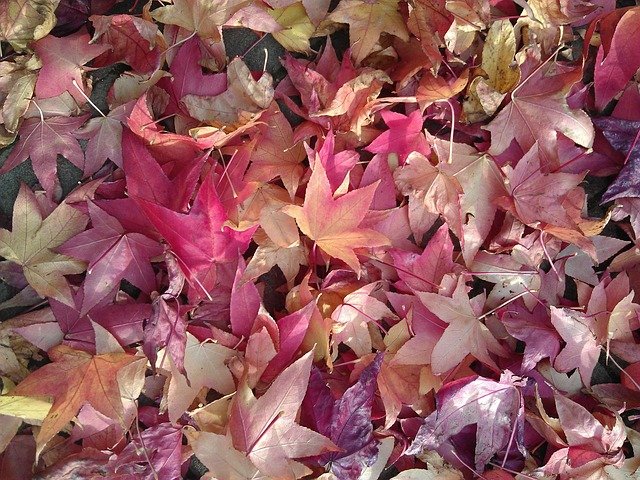
Shelters may be used when you first put them out, because hedgehogs need to discover them and feel safe in them - so be patient and wait. By leaving food out you may be able to tempt them into your garden, but may attract other wildlife as well. Give hedgehogs meaty cat food and a fresh bowl of water. Remember, mealworms can cause longer-term health problems, and hogs are lactose intolerant so no milk for them! In the last 20 years, hedgehog numbers have fallen by over 50% in rural areas, so anything you can do in your garden for them will be much appreciated.
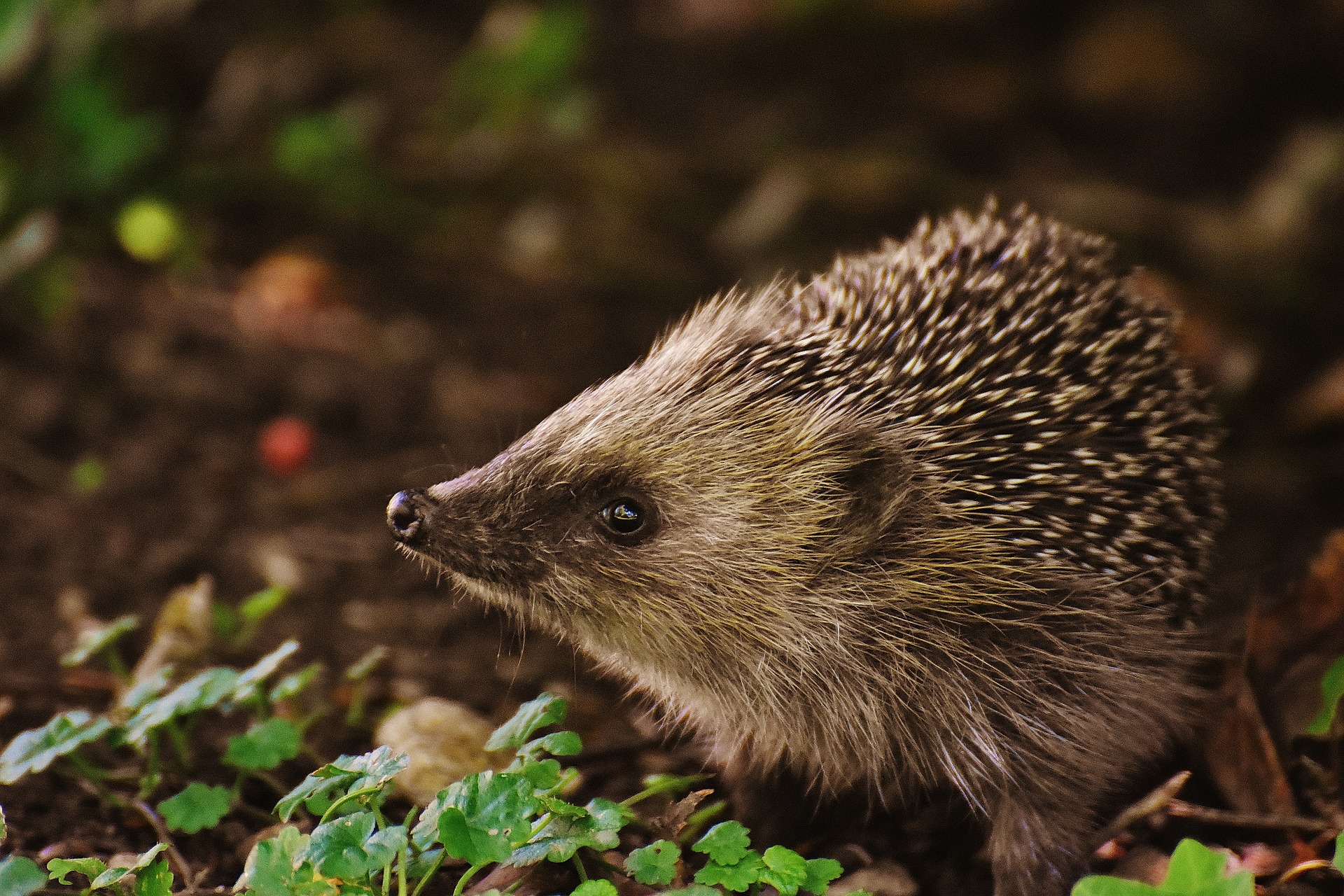
Hibernacula
A fun activity for a winter’s day in the garden is building a hibernaculum! This can benefit amphibians and reptiles. Usually made for frogs and toads, these structures can be made with objects commonly found outside. By digging a hole and making corridors with loosely packed sticks, and leaves, wood and seeds over the top, it can make a good addition to any wildlife-friendly Naturespace.
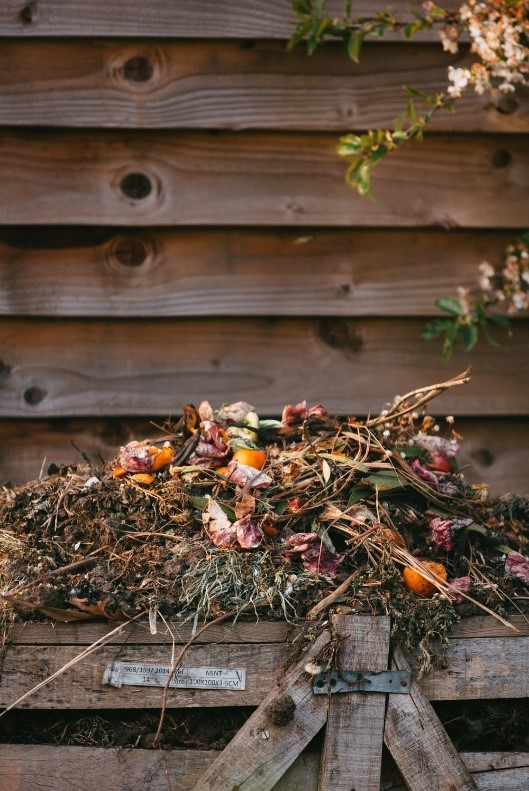
Over the last 30 years, 68% of common toads in the UK have been lost. This is because of habitat loss, fragmentation and intensification of agriculture. Another way of helping these green friends is to leave a ping pong ball in any body of water in your space so that it doesn’t freeze over and amphibians can still get in to feed. If you are unable to dig a hole, another way of helping amphibians and reptiles is a compost heap in an open bottom container. This is perfect for slow worms to snuggle up in too.
Here is an easy to follow how to make a hibernaculum video by yours truly!
Bird boots
Reusing old items is a personal joy of mine. You may or may not have seen pictures and videos doing the rounds online of people using their old boots as bird houses, nailing them up to overhanging areas or shelters in their gardens. This is great for giving an old item new life! This, alongside the classic bird feeders, planting thick bushy evergreens and log-piles for foraging for food will help our feathered friends.
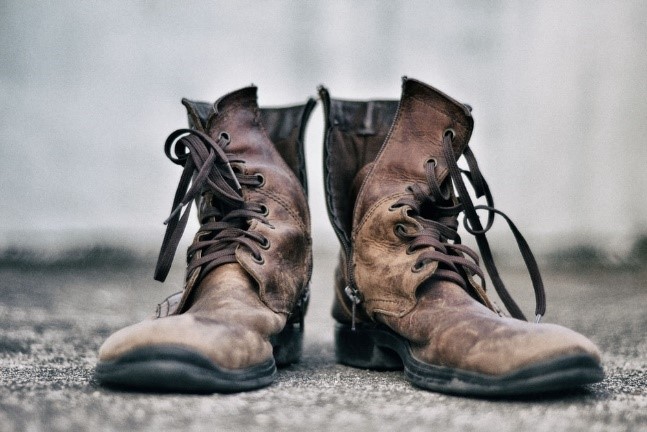
Over the past 25 years, many garden bird populations have decreased because of human impact. By increasing food availability and nesting areas, hopefully their luck will change. Garden bird counts happen all over the winter, so why not take part in one? Don’t forget to let us know what you have spotted as well!
Bug hotels
Due to the increase of insecticides, habitat degradation and climate change, insects have been having a tough time, not only for the last few years. These 6 legged friends may give you the creeps, but they are highly beneficial for the life cycle as well as our garden plants.
Although bug hotels have not always been the most efficient way to help wildlife in your gardens, both ladybirds and lacewings (as well as other bugs) need a place to hibernate. Overwintering somewhere safe for ladybirds and lacewings is vital for resistance to disease and survival in the colder months. By creating a bug hotel out of old bits of wood, sticks or even logs with holes drilled in them, these creepy crawlies can stay sheltered and cosy until the spring.
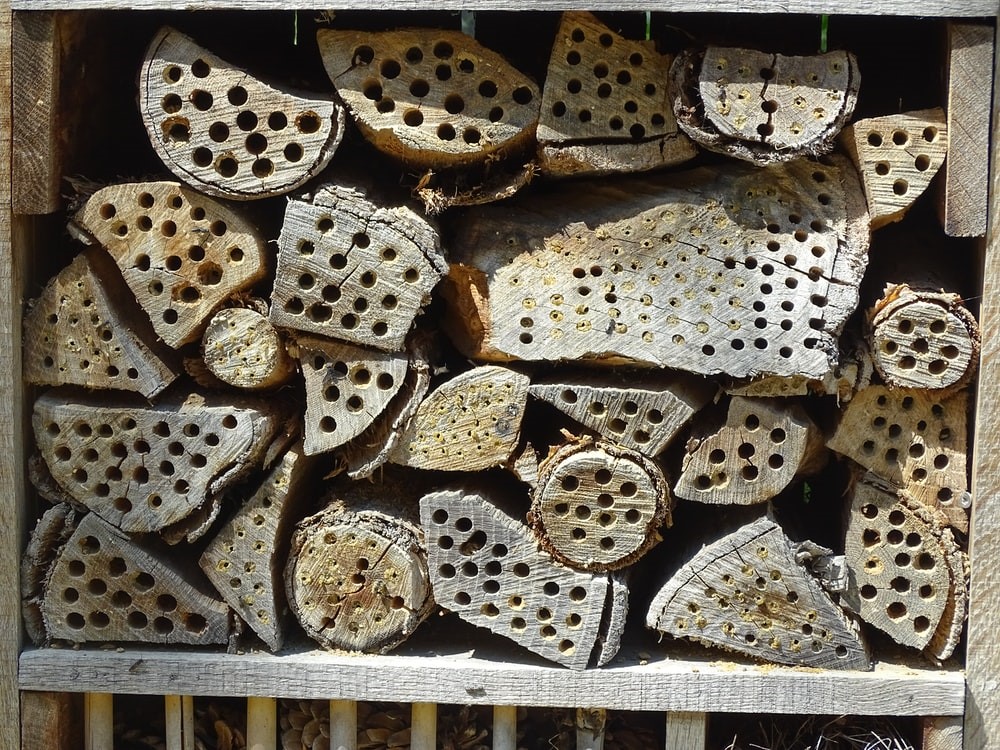
Let us know what wildlife you have enticed into your Naturespace on Facebook as well as pictures of any activities you’ve been up to!
Sources
